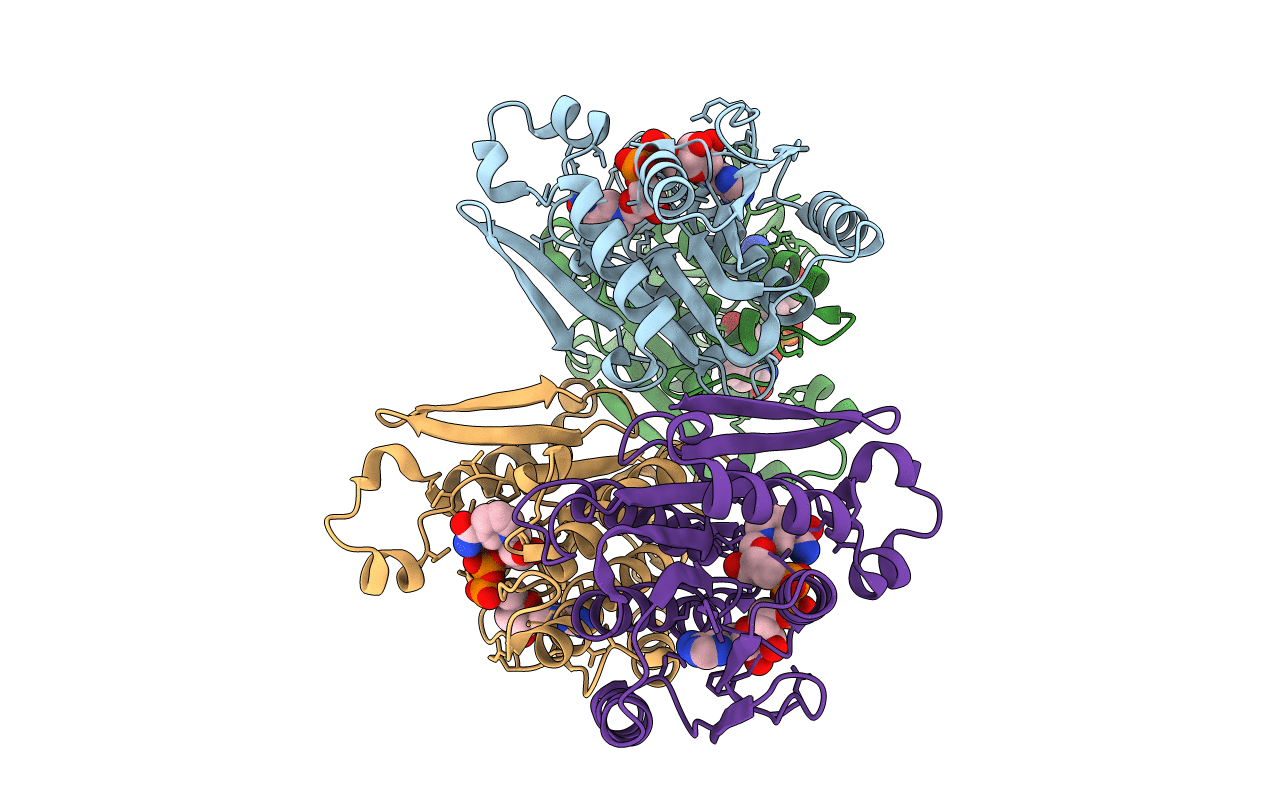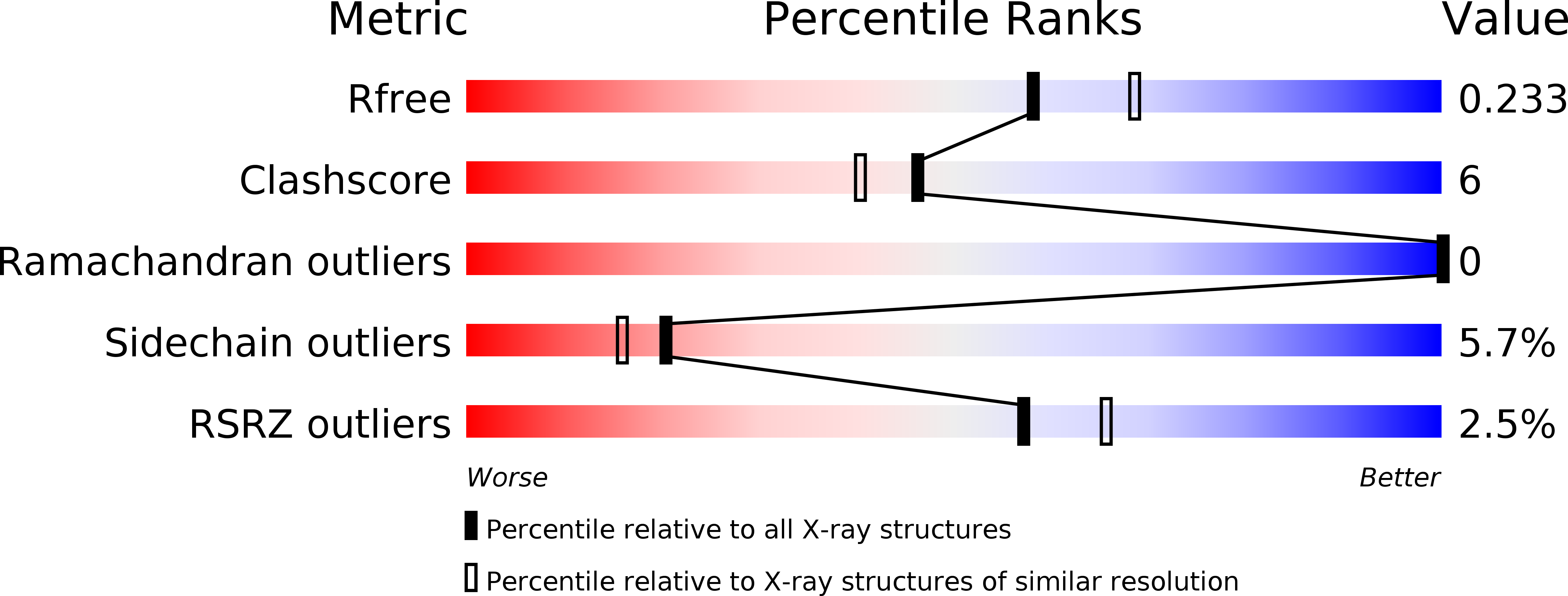
Deposition Date
2010-09-07
Release Date
2011-07-27
Last Version Date
2023-11-01
Entry Detail
PDB ID:
3ORF
Keywords:
Title:
Crystal Structure of Dihydropteridine Reductase from Dictyostelium discoideum
Biological Source:
Source Organism:
Dictyostelium discoideum (Taxon ID: 44689)
Host Organism:
Method Details:
Experimental Method:
Resolution:
2.16 Å
R-Value Free:
0.24
R-Value Work:
0.18
R-Value Observed:
0.18
Space Group:
P 1 21 1


